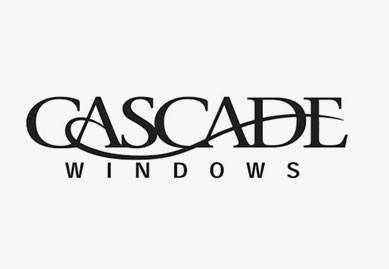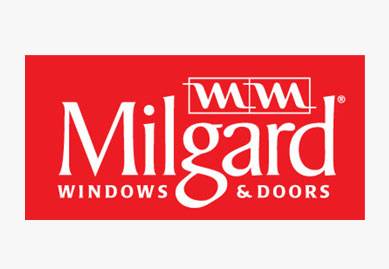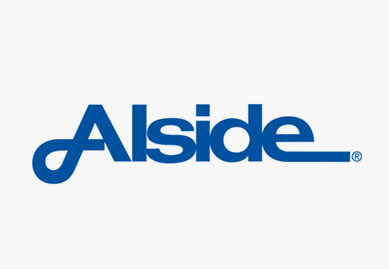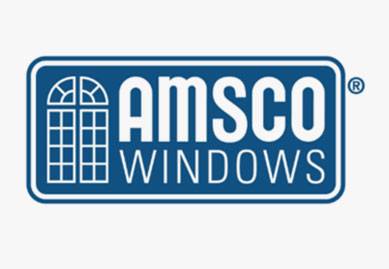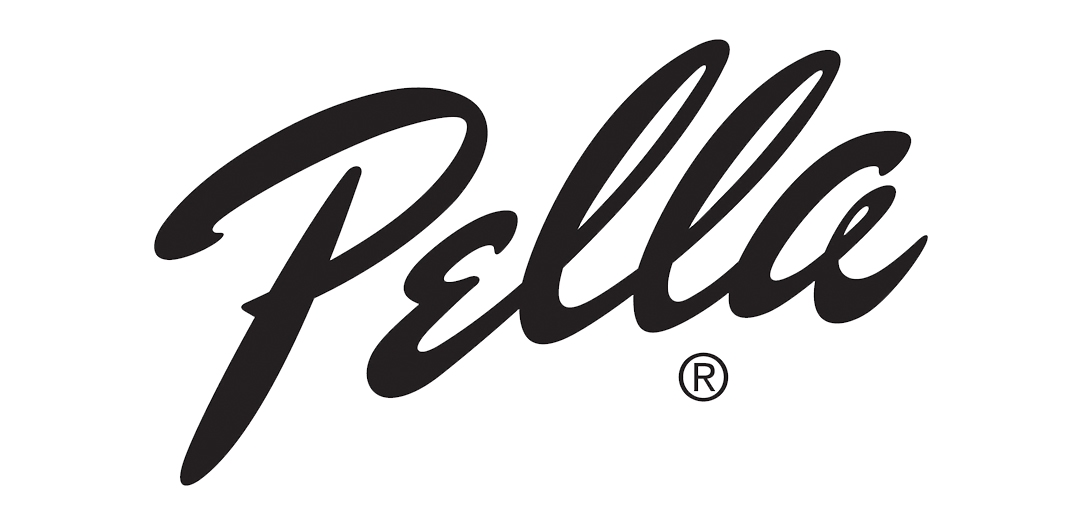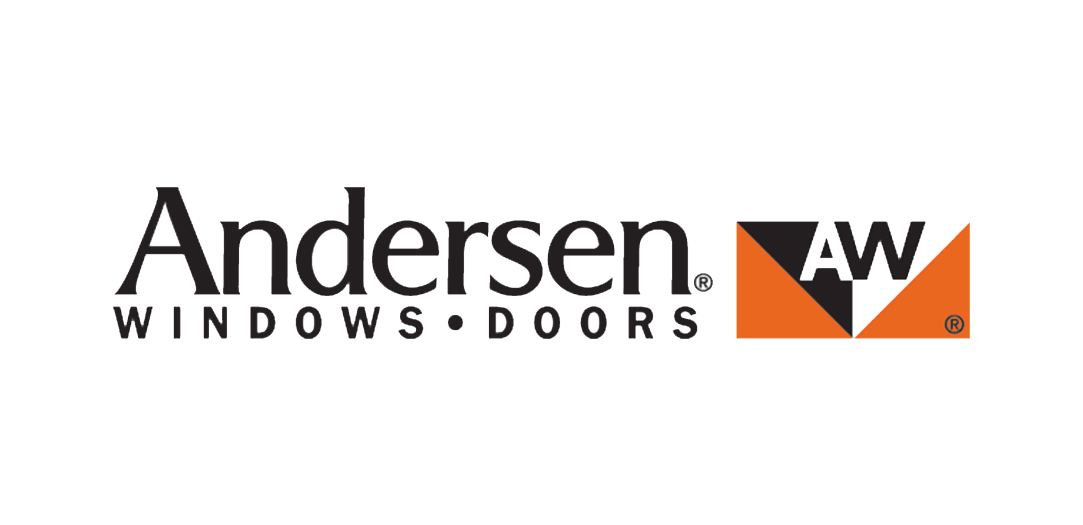Stucco vs. Hardie Siding – Which Is Right For Your California Home?
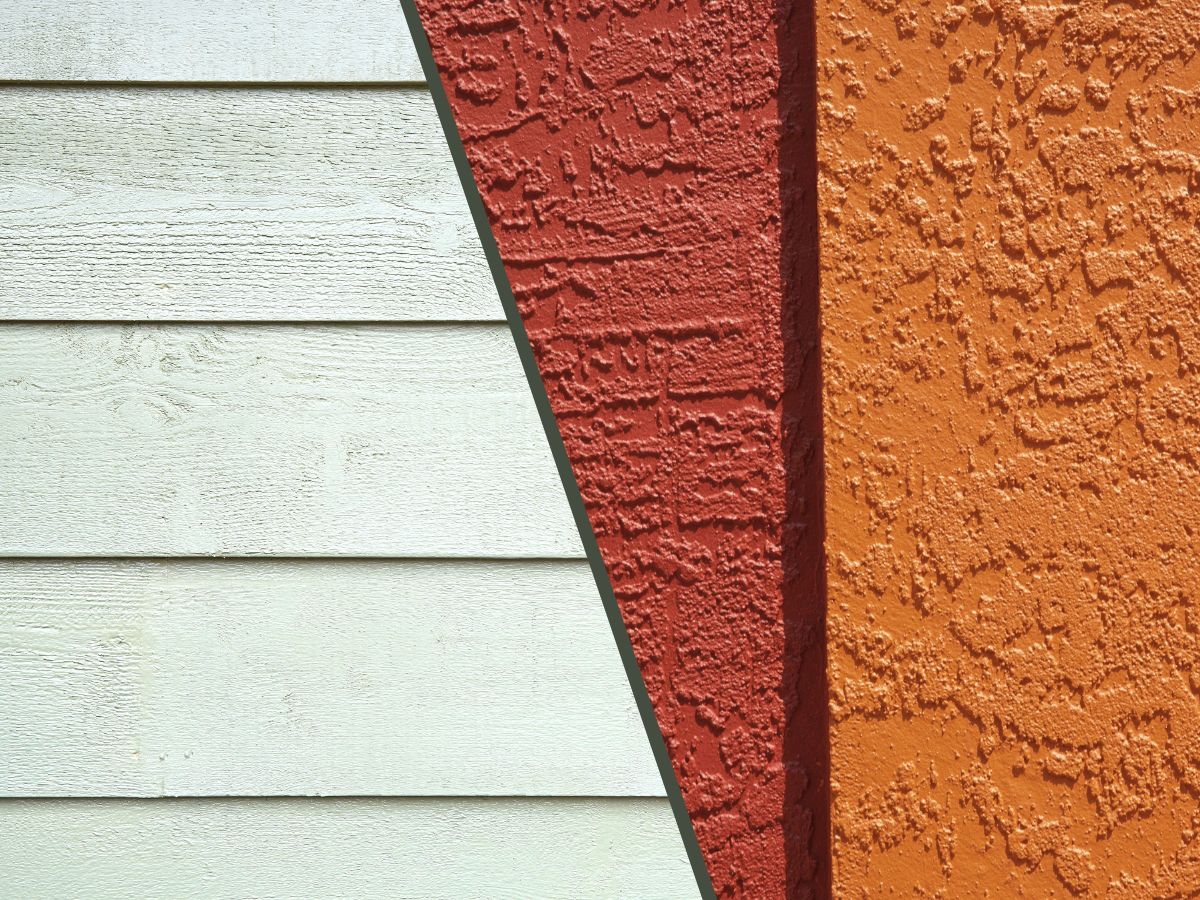
As a Californian who has spent years in home renovations, the question of whether to choose Stucco vs. Hardie Siding for your home is a significant one. It’s not just about the look, longevity, or cost efficiency; it’s about making the right choice for your specific situation.
Having worked with both Stucco and Hardie Siding, I’ve seen firsthand the pros and cons of each, and I’m here to share that insight with you.
Understanding Stucco
Stucco has been a classic choice for Californian homes for a long time, offering a unique look due to its moldable, cement-like texture when wet. The application process for Stucco, be it traditional or one-coat, significantly affects its performance. It’s important not only to understand the pros and cons of stucco, but to pick the right type of stucco for your home.
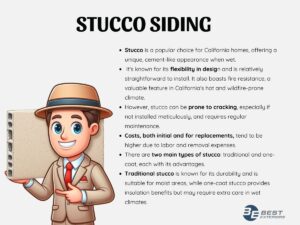
Advantages of Stucco for California Homes
- Unique Look: Stucco stands out due to its cement-like, moldable nature when wet. This flexibility allows for unique design possibilities that are hard to replicate with other siding materials. Unlike other sidings, stucco doesn’t require precise alignment or corner installations – it’s more about applying the mixture creatively.
- Simple Installation Process: At its core, the process of applying stucco is straightforward. However, it’s crucial that each step is executed correctly. A small error can significantly compromise the integrity of the stucco.
- Fire Resistance: Professionally installed stucco is not only durable but also naturally resistant to fire. This feature is particularly beneficial in California, known for its hot climate and wildfire risks.
Disadvantages of Stucco
- Cracking Issues: Cracking is a common problem with stucco, primarily if the installation process is rushed or improperly executed. To minimize the risk of cracks, a thorough and meticulous application process is essential.
- Maintenance Requirements: Stucco requires more maintenance than many homeowners realize. To ensure its longevity, it’s recommended to repaint stucco every five years to seal against moisture penetration. Neglecting this can lead to water damage, resulting in costly repairs.
- Higher Costs: Both the initial installation and future replacements of stucco tend to be more expensive compared to other siding options. This is due to the extensive labor required and not necessarily the material costs. Additionally, the removal and disposal of old stucco can be costly due to its weight and the labor involved in the process.
Step-by-step Installation Process – Traditional Stucco
- Install waterproofing barrier
- Install metal wire (mesh also known as chicken wire)
- Apply scratch coat (soak it with water everyday for at least a week because you want it to crack as much as possible before the final product, so it doesn’t crack in the future)
- Apply the brown coat (this is where all the cracks are corrected and retextured)
- Finish with paint or optional acrylic finish (we recommend the acrylic as the color typically lasts longer)
Step-by-step Installation Process – One-Coat Stucco
- Install waterproofing barrier
- Install 1 inch of Styrofoam insulation
- Install smaller gauge metal mesh (different from chicken wire, less durable)
- Apply thinner, layer of scratch-like coat
- Apply brown coat
- Finish with paint or optional acrylic finish
There really isn’t too large of a difference between traditional and one-coat, but always make your choice based on your home’s situation. Here are the cases where I would recommend one over the other.
In a case where you would prefer your home to be more insulated, I would recommend the One-coat stucco. This is because a layer of foam insulation is installed before any texture is applied. However, if you live in a moist area for example, Pacifica, CA, then I would avoid this. The reason being is that the scratch-like coat applied to the foam insulation is extremely thin compared to the scratch coat on the traditional stucco. Therefore, the insulation and waterproofing paper are extremely vulnerable to moisture, and we get cases where a family has to fully replace their brand new one-coat stucco (from a different company) as soon as 2 years (because of rot).
Traditional stucco on the other hand, does well in these environments because of the thicker scratch coat. Once the thick scratch coat is applied, you soak it with water every day for at least a week before the next step. This is to bring out as many flaws and cracks as possible before re-texturing them to really be impenetrable to moisture for a long time.
To recap, Traditional stucco is better in terms of longevity and moist areas because of its thick coats of scratch coat while One-coat is better if you need your home to be more insulated.
Diving Deep into Hardie Siding
James Hardie, a fiber-cement siding, started to be popular in the 1980s as an option to replace asbestos siding. The siding itself is made from all natural materials.
The main ingredients being cement, silica, and cellulose. They take all of the ingredients and combine them with water into a raw mass. Then the mass is applied layer by layer to panels of different sizes.
The panels are pressed, dried, dyed, and then cut to order. James Hardie has a lot of benefits and very little downside. We have never had a situation where one of the families we serve complained or regretted their decision.
In the end, it was always worth it and still is. It is in my opinion, a top 3 siding out of all of the available materials in all of home exteriors, so let’s dive right into the pros and cons of Hardie and what the install process looks like.
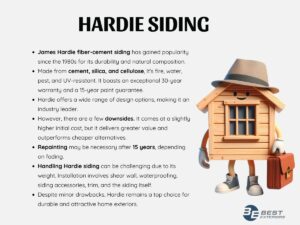
Advantages of Hardie Siding for California Homes
- Durable/Resistant: James Hardie Fiber-Cement Siding is built to withstand a lifetime of troubles. It is fire-resistant, water-resistant, pest/insect-resistant, and of course harmful UV ray-resistant. It is built to last and withstand many hot summers and many cold, rainy winters.
- Superior Warranty: It has the best warranty when it comes to Fiber-cement siding. It has a no-questions-asked warranty for 30 years on ALL Hardie materials. In addition to this amazing warranty, they even guarantee the paint/color for 15 years! (Most paint jobs on typical siding last about 5-10 years)
(can link to hardie site for warranty)
- Industry Leader in Design: Hardie siding has the most versatile design library from any siding manufacturer. They have everything you need to build your dream home. From using world-renown designers to partnering with famous builders like Chip and Joanna Gaines from hit-show Fixer-Upper, Hardie will have everything you ever wanted. From choosing the right color on your siding to picking the right trims patterns, James Hardie has the capability to virtually make any style of exterior that you like!
Disadvantages of Hardie Siding
Just like I promised, here are the negatives of this siding (keep in mind there is very little downside with this product)
- Cost: James Hardie is a little bit more of an initial investment on your average home compared to the cheapest siding options on the market. Compared to the cheapest options on the market, Hardie has tons more value and definitely outperforms on every aspect as shown in the pro’s list. Of course if you were to compare it to stucco, stucco still comes out slightly more expensive than Hardie siding. In the case of cost and time, Hardie definitely takes a win over stucco
- Repaint: Unfortunately, no product is able to beat Father Time himself. Hardie is confident in their paint lasting 15 years which is why its warranty covers it for so long. However, after 15 years, that is when you might need to start looking into repainting your home. The signs of needing to paint is when the color of the siding itself starts to fade.
- Weight and handling challenges: Due to its composition, Hardie siding can be heavy and challenging to handle if inexperienced.
Step-by-step Installation Process – James-Hardie Siding
- Install shear wall (in some cases can use existing siding if flat and no rot issues are present)
- Install waterproofing paper/moisture barrier
- Install siding accessories (Z-bar, flashing, metal flashing, pipes, electrical outlets, vents, etc.)
- Install all trim
- Install the James-Hardie Siding
Comparative Analysis: Stucco vs. Hardie Siding in the California Context
Choosing the right siding for your home in California means considering how well it will do in our varied climates – from the coast to the deserts and mountains – and how it will stand up to things like earthquakes. Let’s look at how Stucco and Hardie Siding compare in terms of handling California’s unique environment, energy efficiency, cost, and the care they need.
Climate Resilience
Stucco: It’s great for most of California’s climates but can have issues in very wet or very dry areas. It can crack in dry places and doesn’t always hold up well in heavy rain. In areas with earthquakes, it’s not very flexible, which can be a problem.
Hardie Siding: This siding is tough. It can handle different weather conditions, including coastal air, desert heat, and mountain cold. It’s also better at handling shakes and movements from earthquakes.
Energy Efficiency
Stucco: Offers good insulation, which means it can help keep your house cool in the summer and warm in the winter, cutting down on energy bills.
Hardie Siding: Provides fantastic insulation. Plus, it’s made in a way that’s kinder to the environment, which is a big plus for those looking to make eco-friendly choices.
For both of these, you will definitely be saving money on your utility bills.
Cost Implications
Stucco: Stucco’s initial investment is more expensive than your Hardie siding would be. Compared to Hardie, you will not save as much long term because stucco is not covered by any warranties, but a nice thing about it is if you keep refinishing it every 5 years and properly maintain it, stucco can last up to 80 years.
In terms of resale value, it does not add a huge amount of value, and always make sure that you have clean and maintained stucco when selling because dilapidated stucco looks much worse than unmaintained siding.
Hardie Siding:
Compared to stucco, Hardie is a great long term investment also turning out to be less expensive in terms of final price. In terms of long term savings, Hardie is super easy to maintain. The product is fully covered by warranty for 30 years, the paint is covered for 15 years.
Besides typical cleaning which is necessary for types of siding products, the only maintenance you will need is to repaint after 15 years (after you repaint the first time, we recommend repainting every 5-10 years) Hardie lasts about 50 years on average.
In terms of resale value, Hardie is one of the hottest and most sought out products on the market. Because of its unique designs, durability, and warranty, many California owners are willing to pay more for homes with good condition Hardie. On average, we see Hardie raise the home value about 20%.
[h4] Pro Tip / Key TakeawaysDid you know? Hardie Siding is often chosen for its ability to withstand California’s wildfire risks due to its fire-resistant properties. |
Making the Right Decision for Your Home
After reviewing these pros and cons you might ask “what should I do with this information?”
I believe that you need to first find the right company for you. This means besides the necessities like licensed, bonded, insured, and experienced contractors/companies, you want to make sure that who you choose to work with you on this has your best interests at heart.
Every home is different. Whether the area of the home calls for a certain product or you as the homeowner will not stop till your dream home is made into a reality, you need to make sure that you have the right person to guide you and execute the project.
Besides that, whatever lines up with your budget, time, and vision is the best choice for you because as long as the work is done well; there is no wrong answer!
FAQs – Stucco vs. Hardie Siding
-
Can Stucco or Hardie Siding Be Painted with Any Type of Paint?While both Stucco and Hardie Siding can be painted, they require specific types of paint for optimal results. For Stucco, elastomeric paint is often recommended because it’s flexible and can bridge small cracks. Hardie Siding needs a high-quality acrylic latex paint. Always consult with a professional before painting to ensure compatibility.
-
How Do Stucco and Hardie Siding Fare in High Fire Risk Areas? In areas prone to wildfires, both Stucco and Hardie Siding have advantages. Stucco is naturally fire-resistant due to its cementitious nature. Hardie Siding is also fire-resistant, making it a popular choice in fire-prone regions. However, it’s important to consider other fire safety measures in conjunction with siding choices.
-
Is Hardie Siding good for the environment? Hardie Siding is known for its sustainable manufacturing processes and materials. It’s made from natural and non-toxic ingredients like cement, sand, and cellulose fibers, making it an environmentally friendly choice. Stucco, while durable, doesn’t have the same eco-friendly manufacturing credentials as Hardie Siding.



 all communications are private and not shared with other parties.
all communications are private and not shared with other parties.
